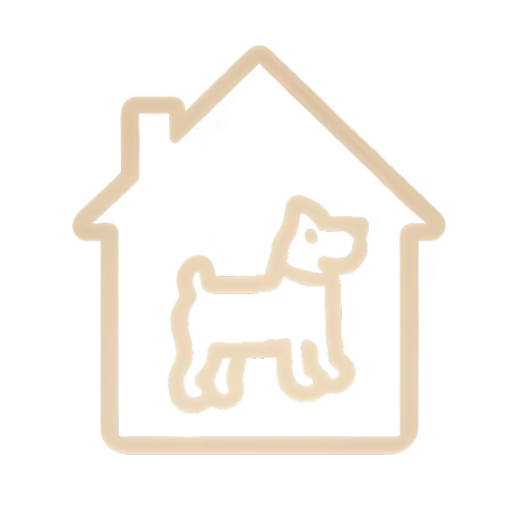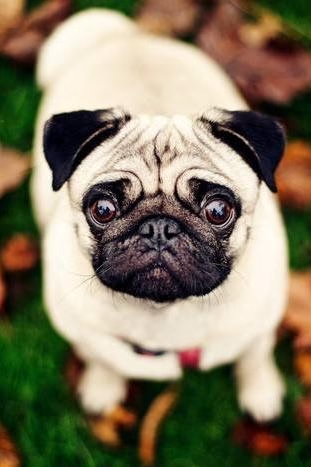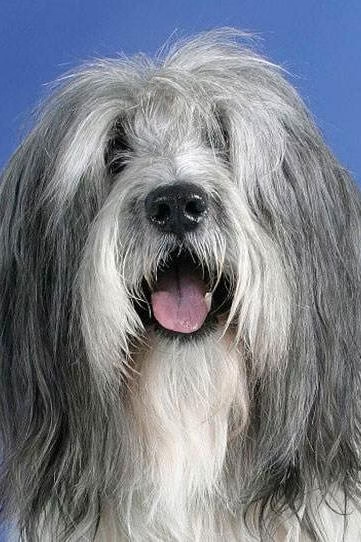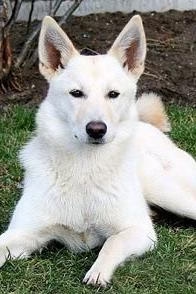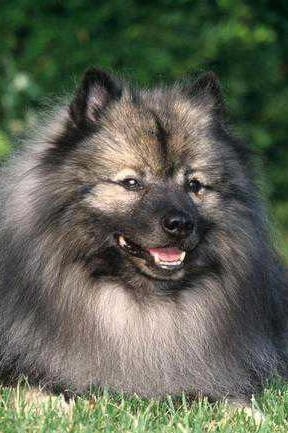Bloodhound (St. Hubert Hound)

Bloodhound
St. Hubert Hound
Basic Information
- Category: Pet Dog
- Origin: Belgium
- Body Type: Large
- Height: 58-69 cm
- Hair Length: Short-haired
- Lifespan: 10-14 years
Ratings
| Trainability | ⭐️⭐️⭐️ |
| Affection Level | ⭐️⭐️⭐️ |
| Barking Level | ⭐️⭐️ |
| Shedding Level | ⭐️⭐️⭐️ |
Breed Introduction
The Bloodhound originated in Belgium and is also known as the St. Hubert Hound. It is one of the oldest and most pure-bred scent hounds in the world, as well as the largest in size. In the 8th century, it was bred in Belgium as a hunting dog and was known by the name St. Hubert Hound. This breed became favored by the French royal family and was brought to England in 1066 by King William. After several centuries, it was refined in England to produce the modern Bloodhound we see today. Known for its incredible scent-tracking abilities, it has been proven to track scents that are even over 14 days old. It set a record for following a scent continuously for 220 kilometers. Evidence found by these dogs has even been used in court.
The origins of the Bloodhound’s development date back to the 12th century when bishops used dogs for transportation, and the church’s elite were among the initial figures in the breed’s development. Many high-ranking clerics maintained a pack of hunting dogs, and breeding facilities were essential components of every monastery. They took great honor in keeping the bloodlines pure. In fact, such careful breeding led to the breed being known as ‘noble hound.’ Several centuries later, the famous English physician and dog enthusiast Johannes St. Guirieu provided an interesting interpretation of the breed’s name. The larger varieties have always attracted attention, also featuring drooping lips and ears, and notably, once they catch the scent of blood, they will follow their prey both while alive and after it is dead. Whether the prey manages to escape wounding or is taken from a rabbitery after death (as long as there is ample blood), this dog can immediately sense and track the scent. For this reason, they are called bloodhounds.
However, because thieves may not allow the stolen animals to bleed, these clever dogs can track humans without blood trails from long distances, and even in large crowds, they can isolate the individual they are looking for, continuing to track them even through dense underbrush, and sometimes swimming to cross rivers. When they reach the other side, even if they initially did not happen upon the thief’s tracks, they will circle around to discover the path the thief took. In this way, they compensate for luck with skill, in line with Elieen’s descriptions in his book ‘History of Animals.’
Although the Bloodhound evolved into its modern form in England, it has seen the greatest development in the United States, where it has been famous for a century. Abolitionists once illustrated a poignant scene of a poor runaway slave chased by Bloodhounds, though the extent to which many of these dogs (which were quite numerous in the South) were used for such purposes is disputed. Mixed-breed dogs were often termed ‘police dogs,’ and without a doubt, some of them were used to hunt down slaves.
